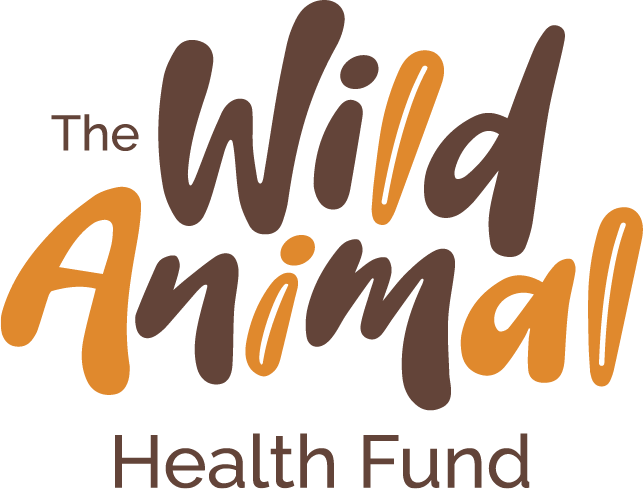2022 Research Projects
Your support gives these species a chance.
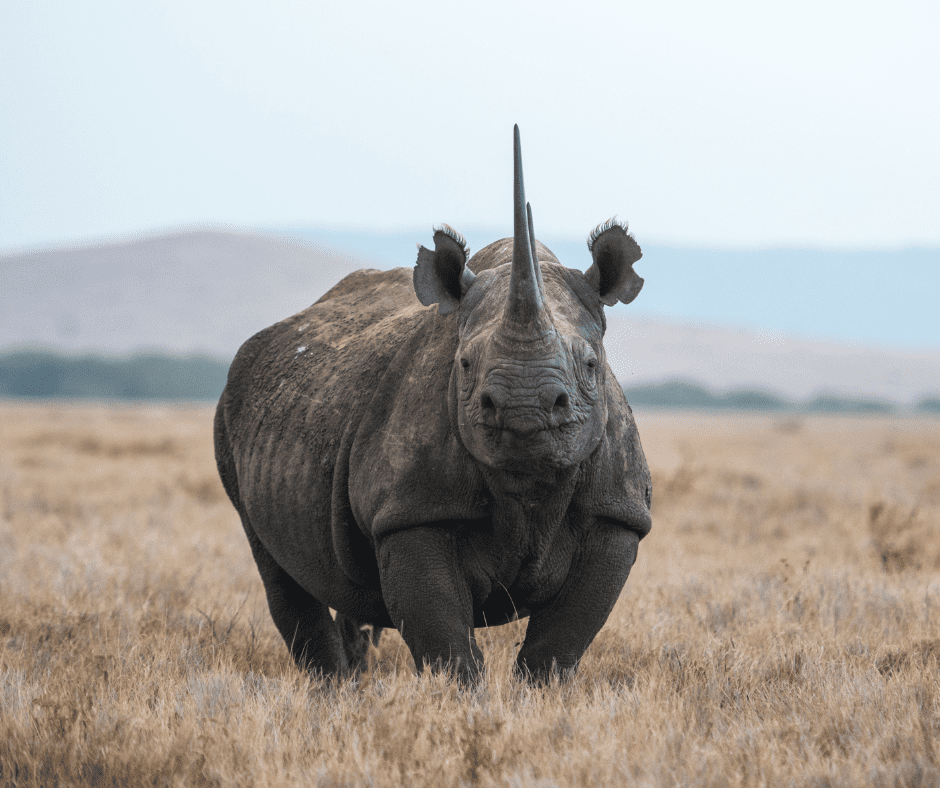
Improving animal welfare for rhinoceros in Southern Africa
Wild rhinos are often relocated for conservation purposes to expand their range, increase genetic flow, or protect them from poaching. This puts a lot of stress on these animlals. This study focuses on reducing the challenges translocation poses to rhinos.
Impacts of environmental contaminants on Northwest Atlantic gray seal disease suceptibility
This study investigates the effect of human-generated persistent organic contaminants such as PCBs (polychlorinated biphenyls) on immune system function and the prevalence of important infectious diseases (such as influenza A) in gray seal pups in Massachusetts.
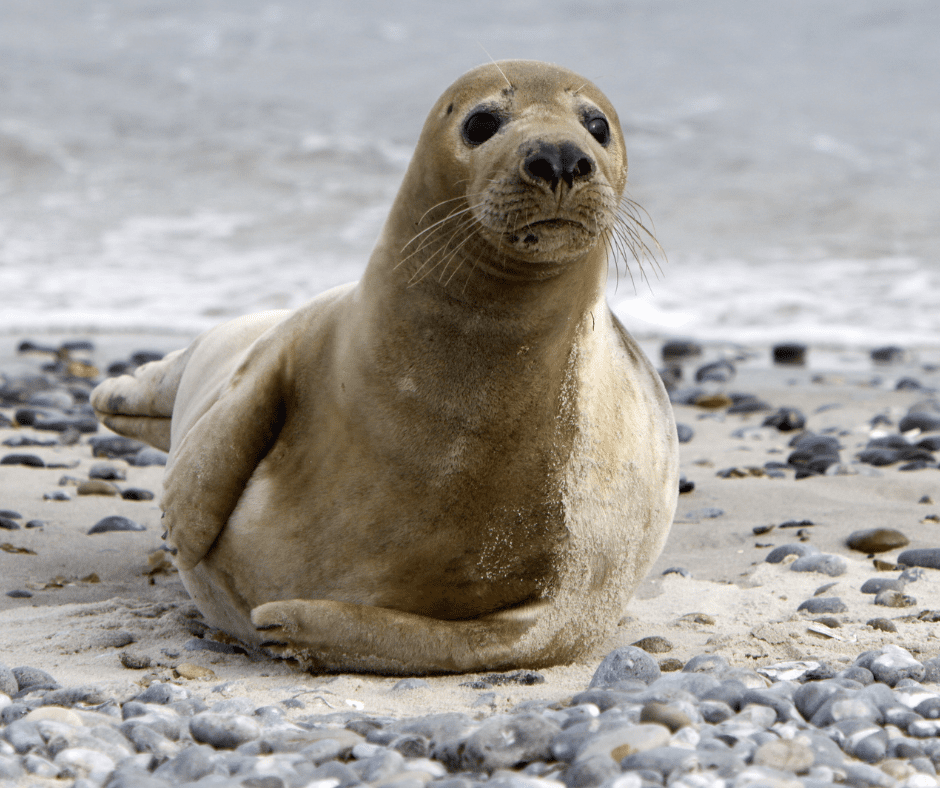
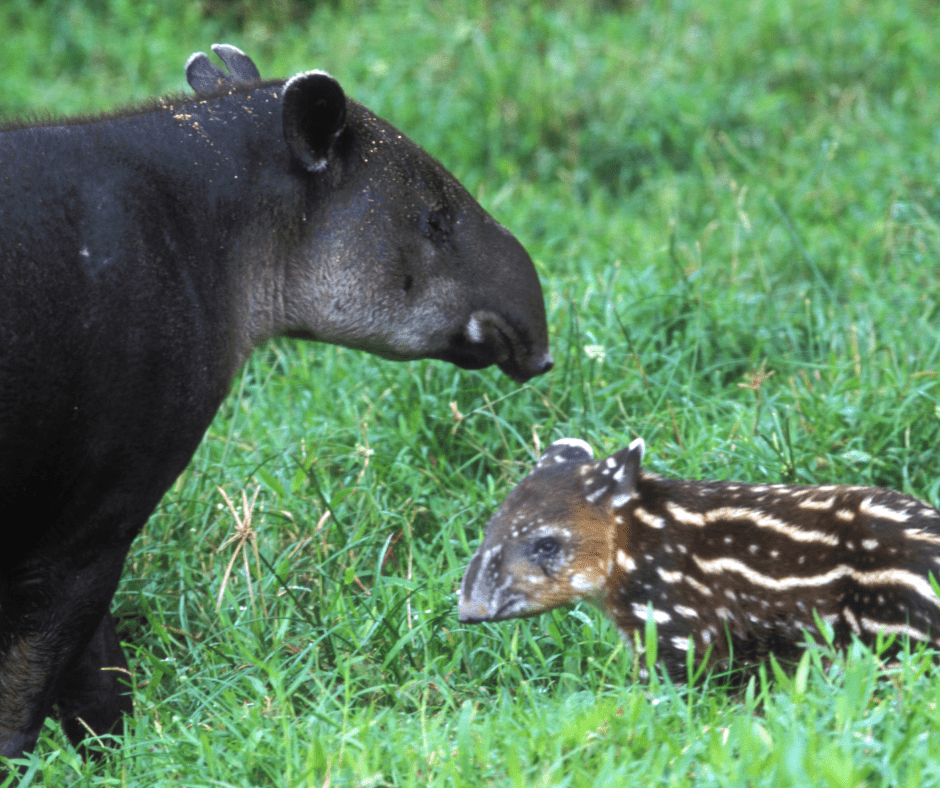
Investigating the relationship between human development and tapir movement patterns in Costa Rica
This study investigates the geographic distribution and risks of human interaction for Baird's tapirs in Costa Rica. Radio collars and genetic analysis will be used to monitor the movement of tapirs among protected reserves and human-settled areas, and to determine the tapirs' dependence on human-cultivated food sources. The goal of the study is to inform policy and future research that fosters human-tapir coexistence in a region that is both ecologically and economically important.
Investigating the transmission of toxoplasmosis in the endangered St. Lawrence Estuary beluga whale population
This study investigates potential ways that endangered beluga whales have been exposed to Toxoplasma, which is a land-based parasite carried by domestic cats and wild felids that can cause severe disease in coastal marine animals when it is washed into the water via runoff.
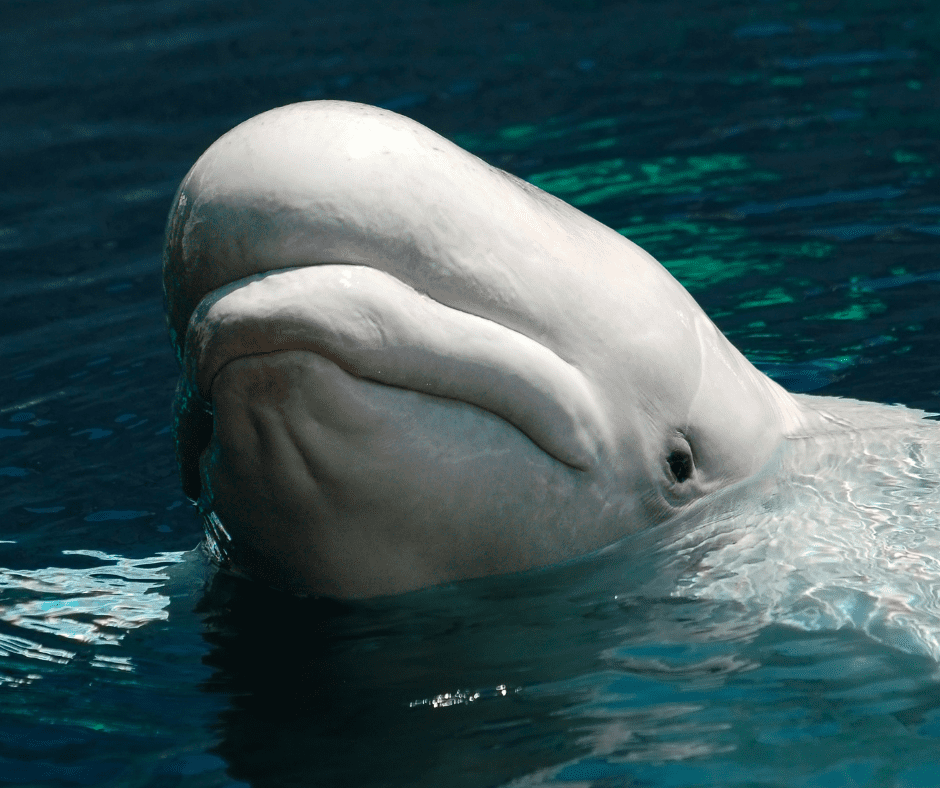
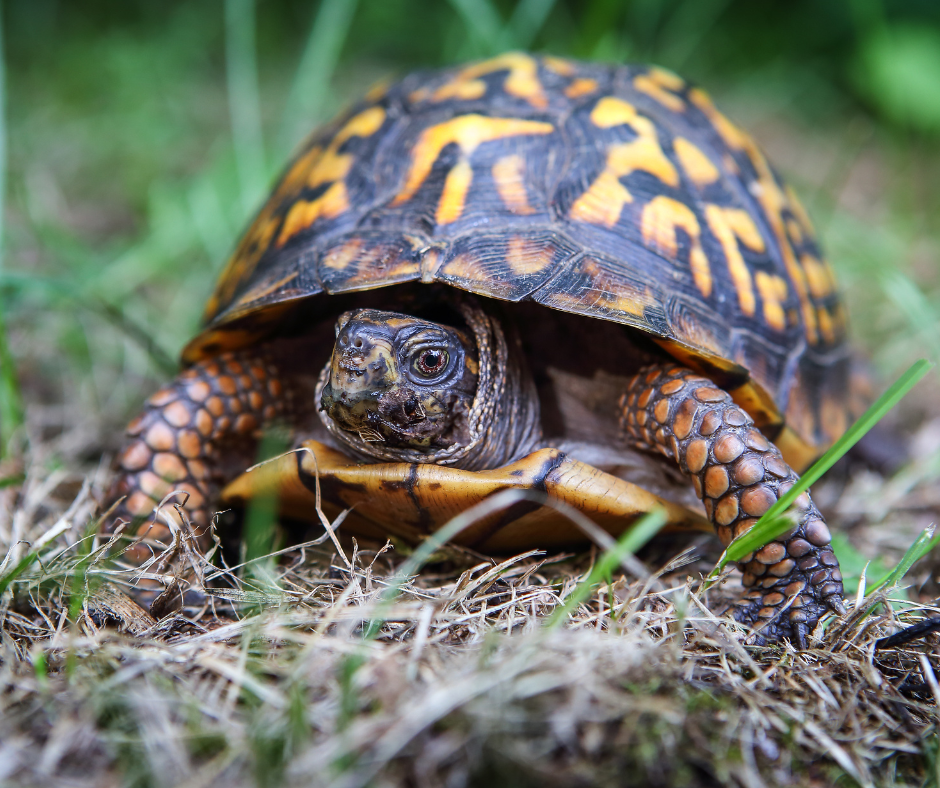
Testing less invasive blood test procedures in chelonians
Testing measures for turtles in the field require special handling and experienced personnel. This study is focusing on a new test for function of white blood cells which requires very little blood, can be conducted without a lab, and doesn’t require advanced training.
Comparison of three antigen tests for the diagnosis of aspergillosis in gentoo penguins
A fungus called aspergillosis is impacting penguins in managed care and is a significant threat. However, the diagnosis of this fungal disease remains a challenge. This study is focusing on a new test that can be performed easily and allow rapid results.
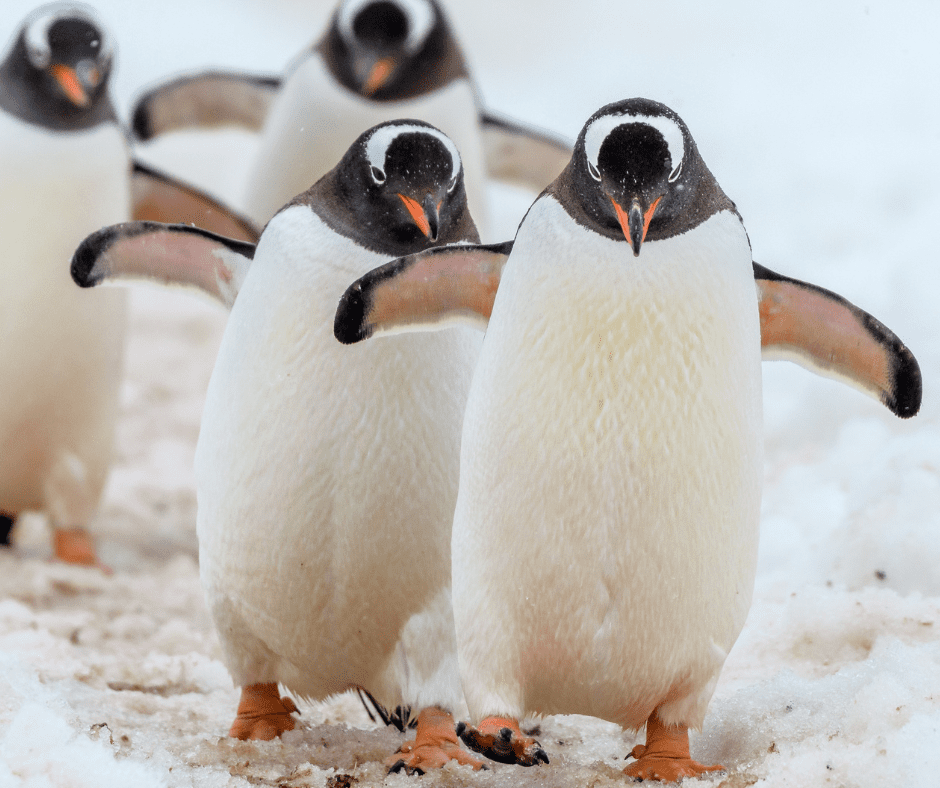
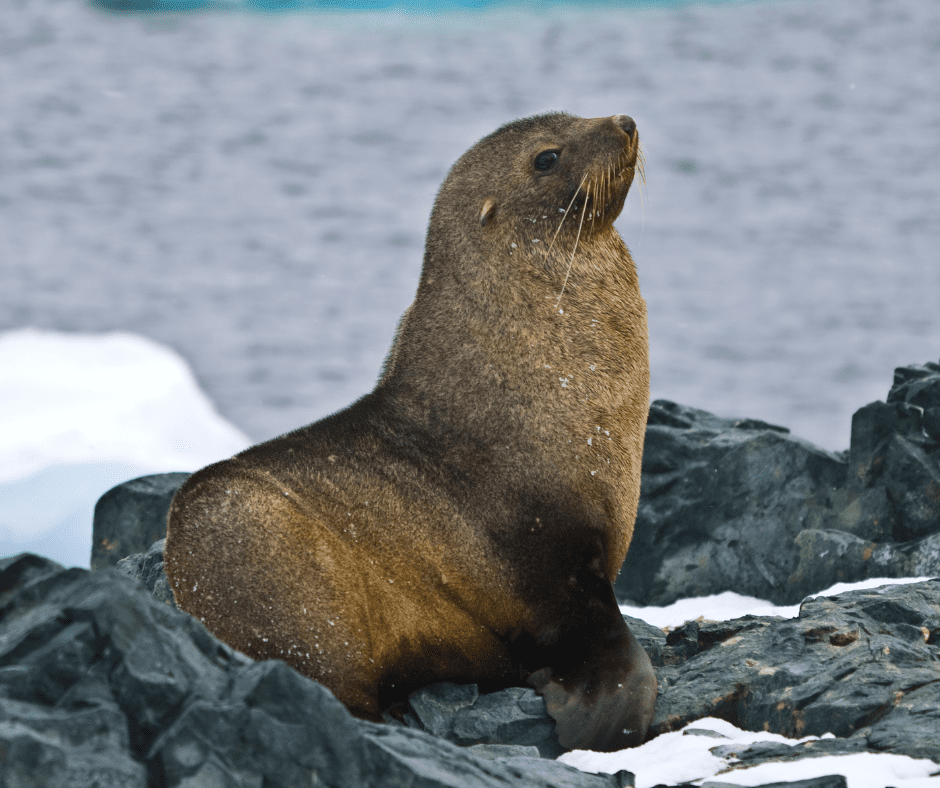
Assessing relationships between cytokines and presistent organic pollutants and Peruvian pinniped health
This study investigates the effects of human-generated persistent organic contaminants such as PCBs (polychlorinated biphenyls), PBDE (polybrominated diphenyl ether), and PAH (polyaromatic hydrocarbon) on the immune system function of South American sea lions and Peruvian fur seals at the Punta San Juan ecological reserve in southern Peru.
Investigating pain control in avian species
Local anesthesia is important for pain control and improving patient outcomes. An injectable suspension is being tested in this study for use in avian patients. This medication is approved for domestic species and humans.
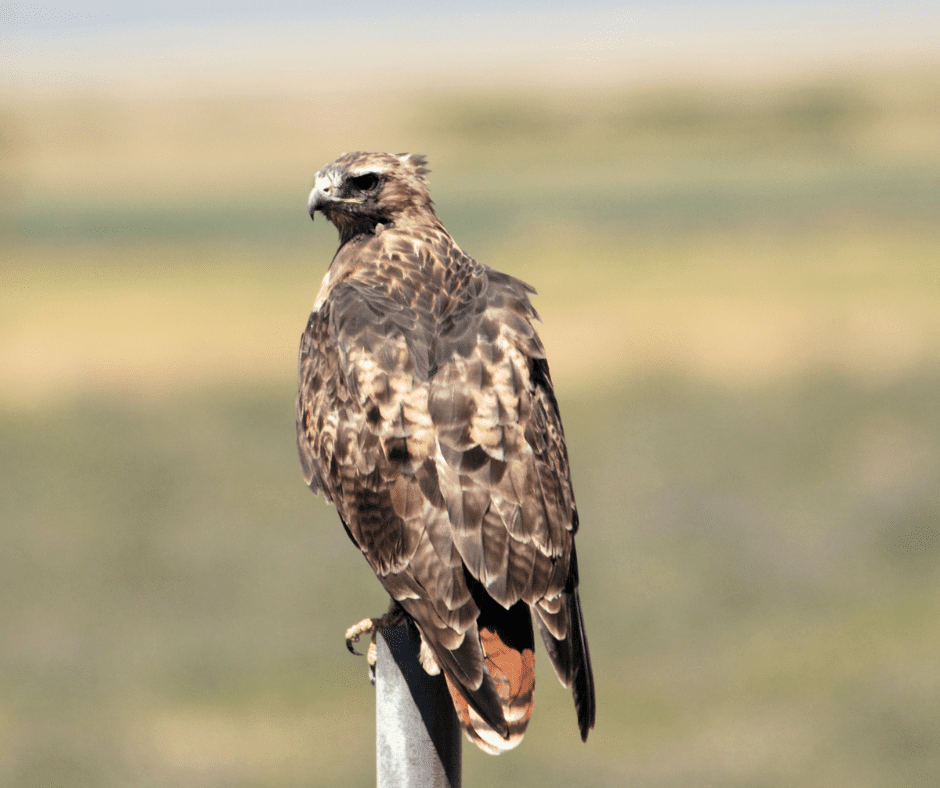
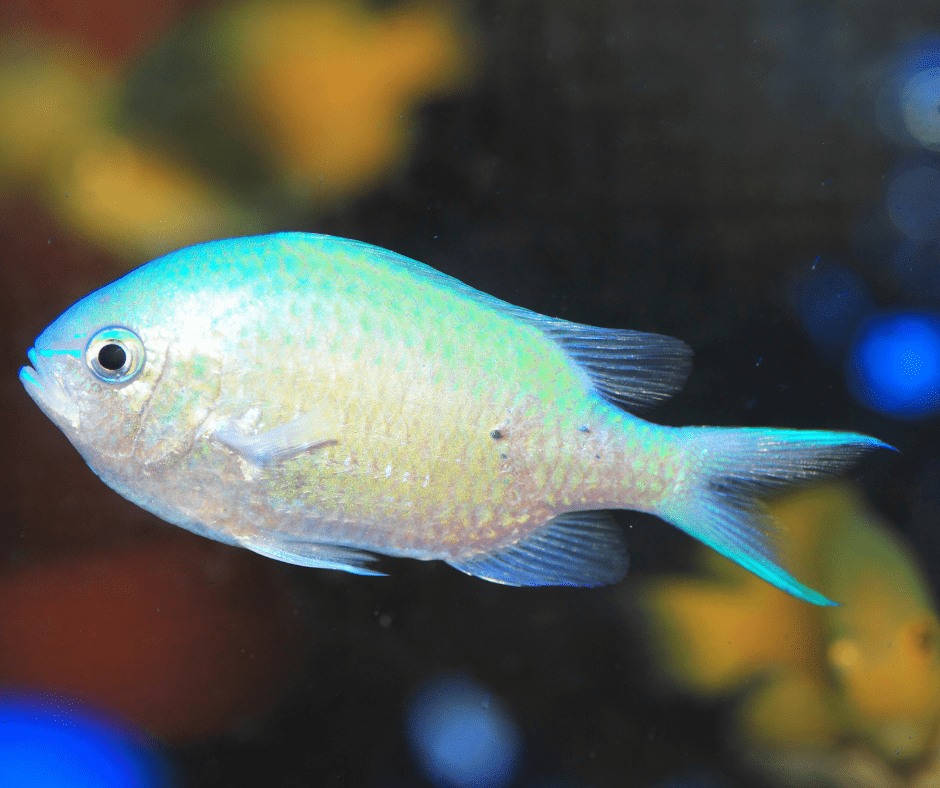
Developing diagnostic methods to detect parasites in water systems
Certain parasites can infect the skin and gills of marine fish and can sometimes invade deeper tissue. Aquariums go to great lengths to avoid these parasites, but some still slip through. This study is focusing on a more sensitive test to detect these parasites.
Monitoring wildlife health through noninvasive fecal sampling
Threats to wildlife are expected to accelerate in the coming years. To effectively promote wildlife health, welfare, and conservation under increasingly unpredictable conditions, managers and scientists need agile, scalable approaches to monitor and forecast the effects of these stressors on wildlife health, ideally without causing additional stress through invasive sampling procedures. This study is focusing on a noninvasive health monitoring technique through animal feces.
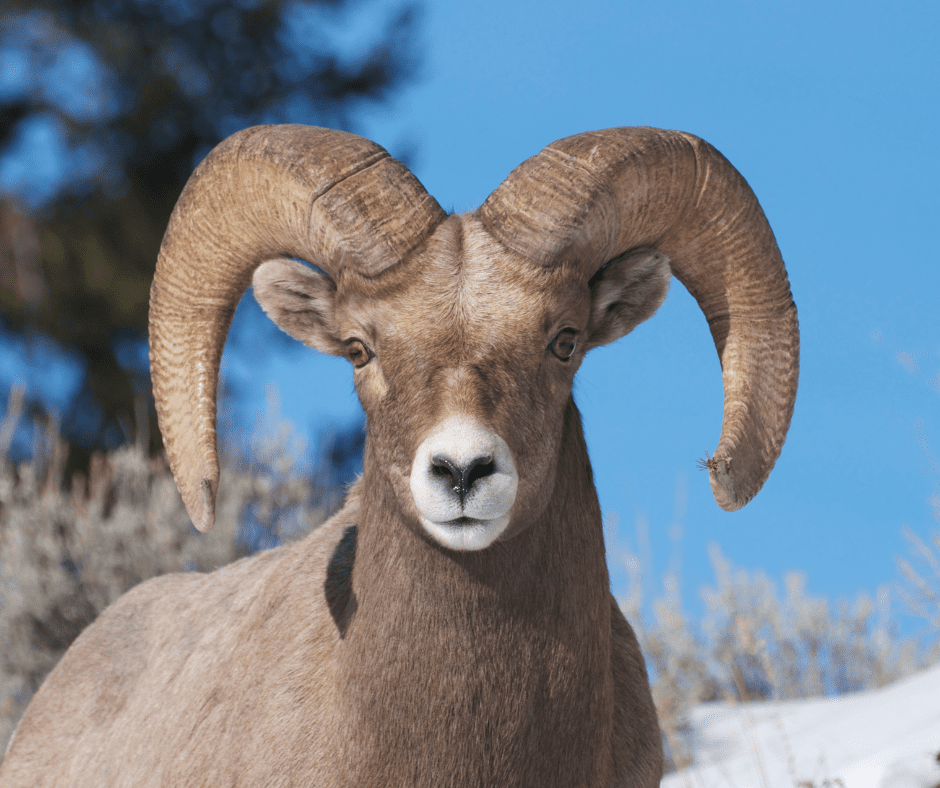
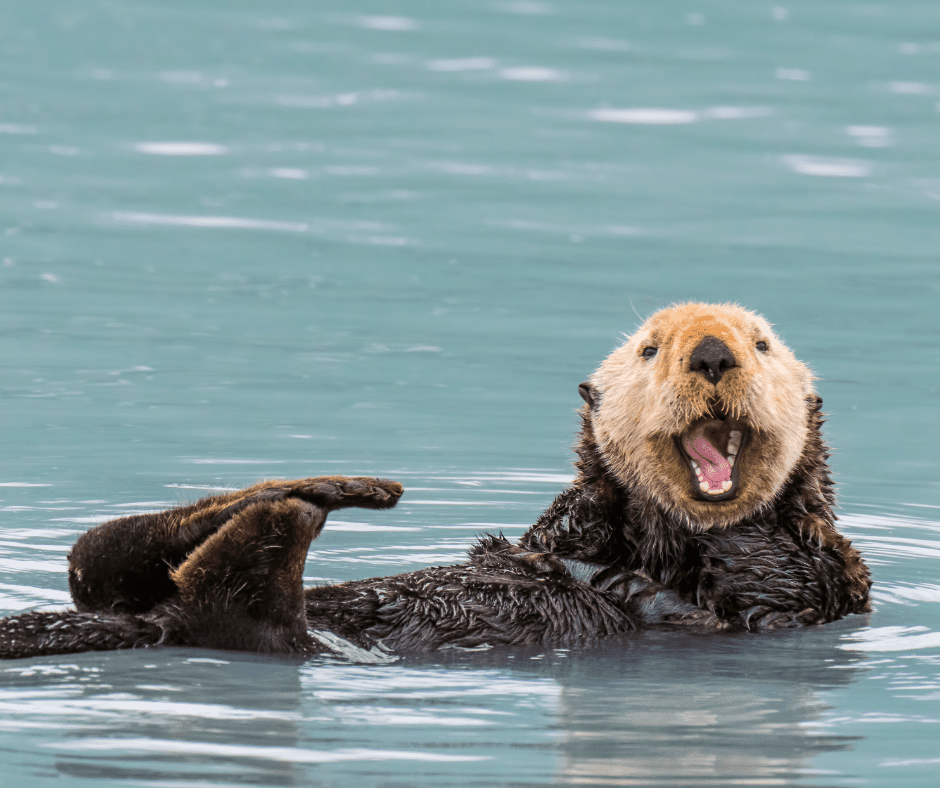
Investigating fatal disease in Californian sea otter populations
This study is focusing on the association between several parasites and the disease severity in sea otters. This relationship has not been explored, and the parasites are a large source of morbidity in the otters.
Surveillance of gastrointestinal estinal viruses in sea turtles
Gastrointestinal viruses in turtles have never previously been studied. This study will establish baseline knowledge of viruses that occur in sea turtles and increase the understanding of the impact these viruses have.
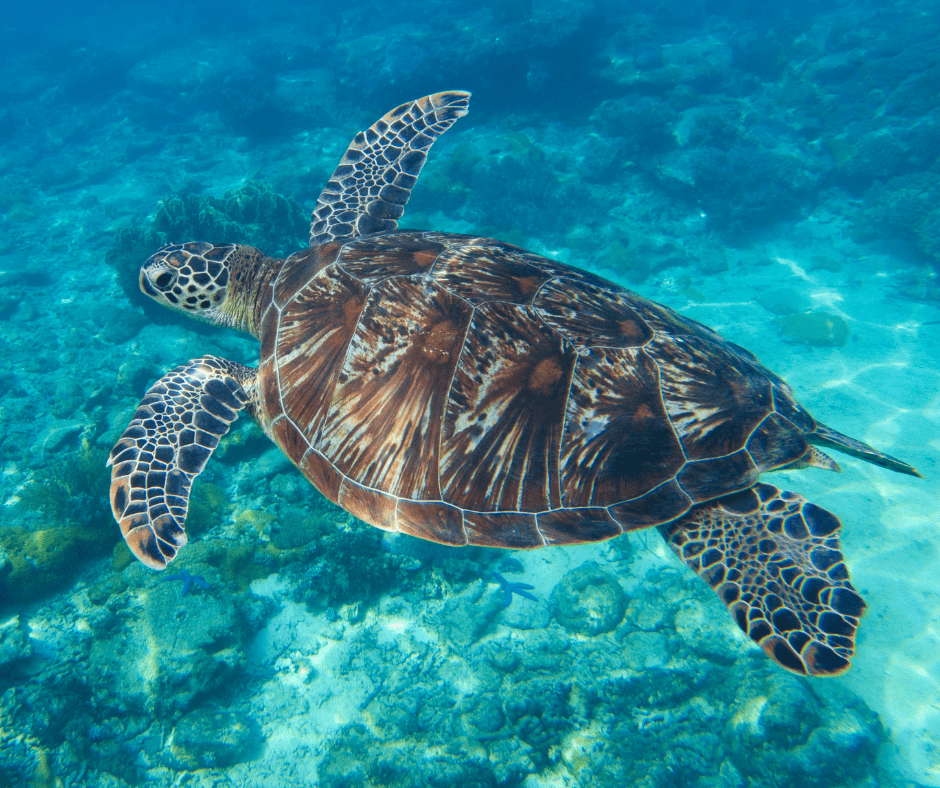
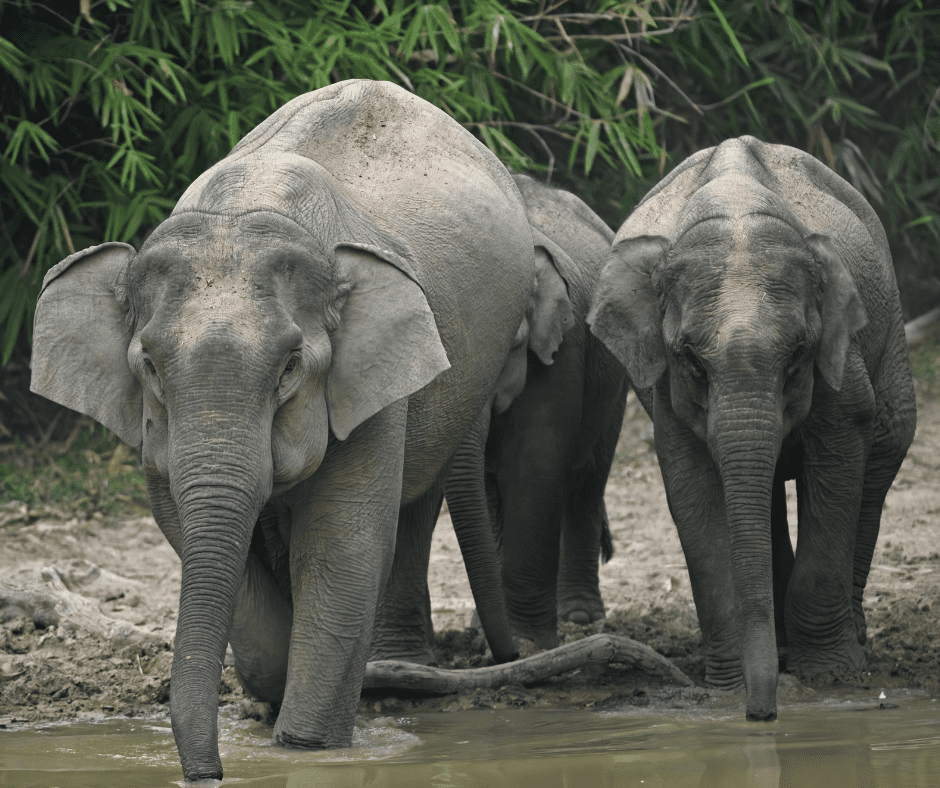
Identifying pathogenisis of EEHV infection in Asian and African Elephants
This study focuses on the concentration of plasma in healthy elephants vs. those infected with EEHV and whether it has an impact on the elephant’s health.
Multi-pathogens, disease, and mortality in confiscated Eastern box turtles
The illegal turtle trade is a huge threat to conservation and increases transmission of various diseases. This study is focusing on associating morbidity and mortality of the EBT over time with various management techniques.
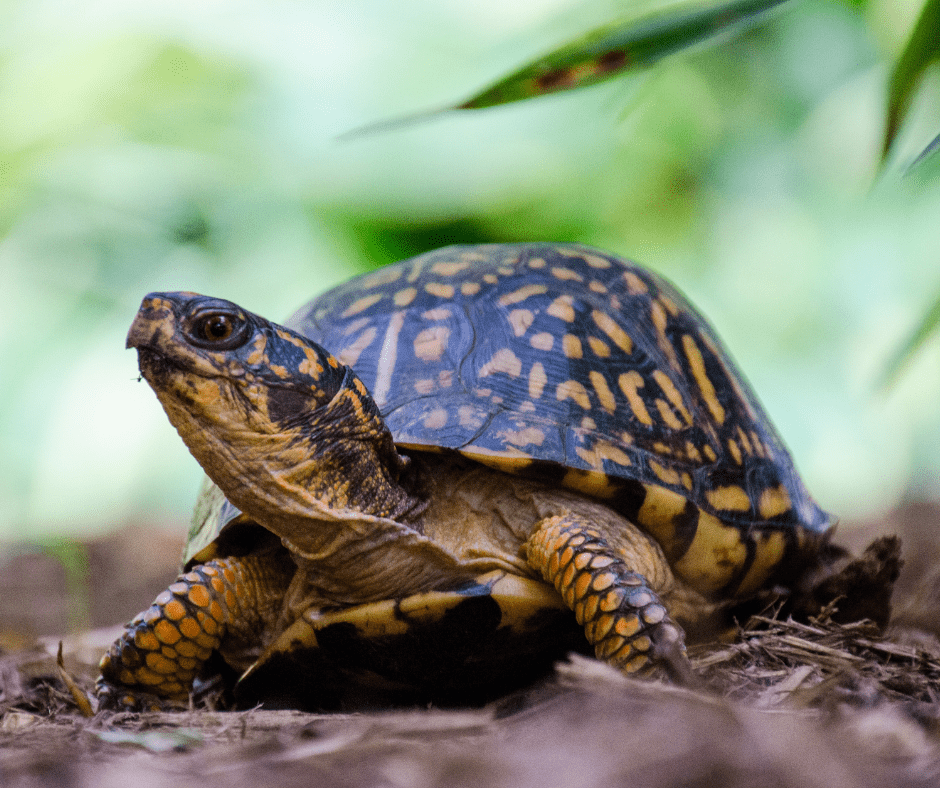
Physiological effects of capture and translocation on Eastern black rhinoceros
Translocation of the endangered eastern black rhinos has resulted in high stress rates, increased morbidity, and lowered breeding performance. This study is focusing on correlations between translocation issues and existing health conditions in the rhinos.
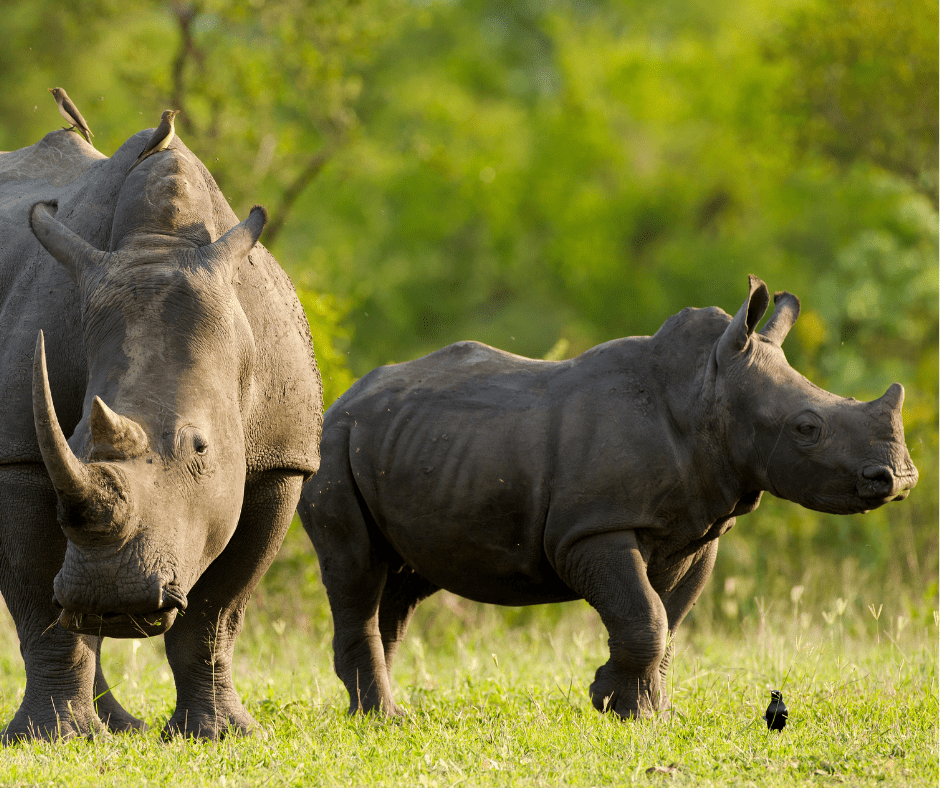
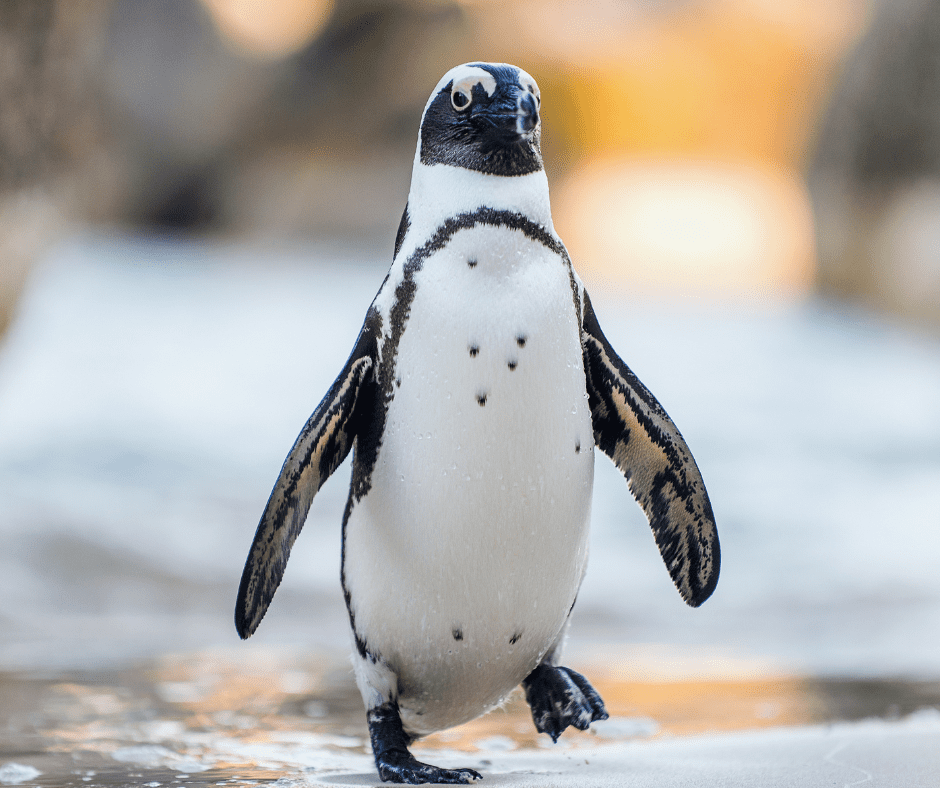
Understanding the immune response of the African penguin during an active infection
This study is aiming to identify blood-stage parasites, anti-malarial antibodies, and the molecular presence of the blood stages of the parasites with PCR in naturally infected African penguins, either undergoing prophylactic treatment with once weekly primaquine or without any treatment per the Maryland Zoo malaria protocol.
Investigating EEHV hemorrhagic diease in elephant calves
This study is focusing on the pathogenesis of EEHV in Asian and African elephants, and why the immune system seems to fail to control infection in calves.
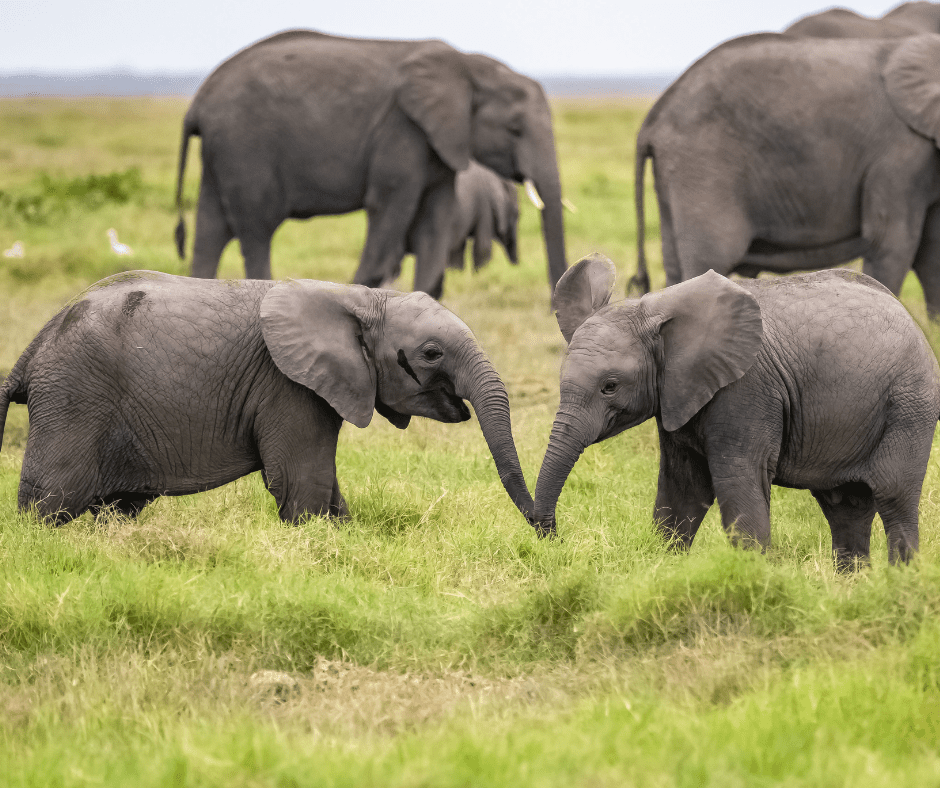
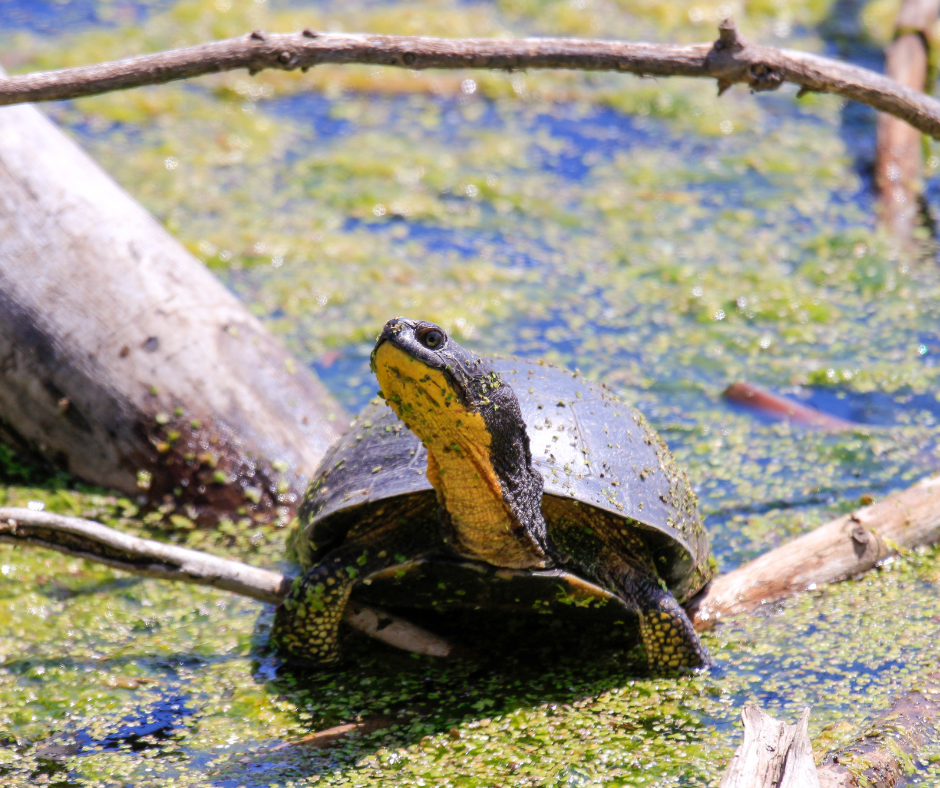
Assessing the prevalance of viruses in free-ranging and human-managed turtles worldwide
This study proposes a broad scale, multispecies investigation into adenovirus epidemiology by developing a new qPCR test and using it for detection of clinical disease.
Testimonials
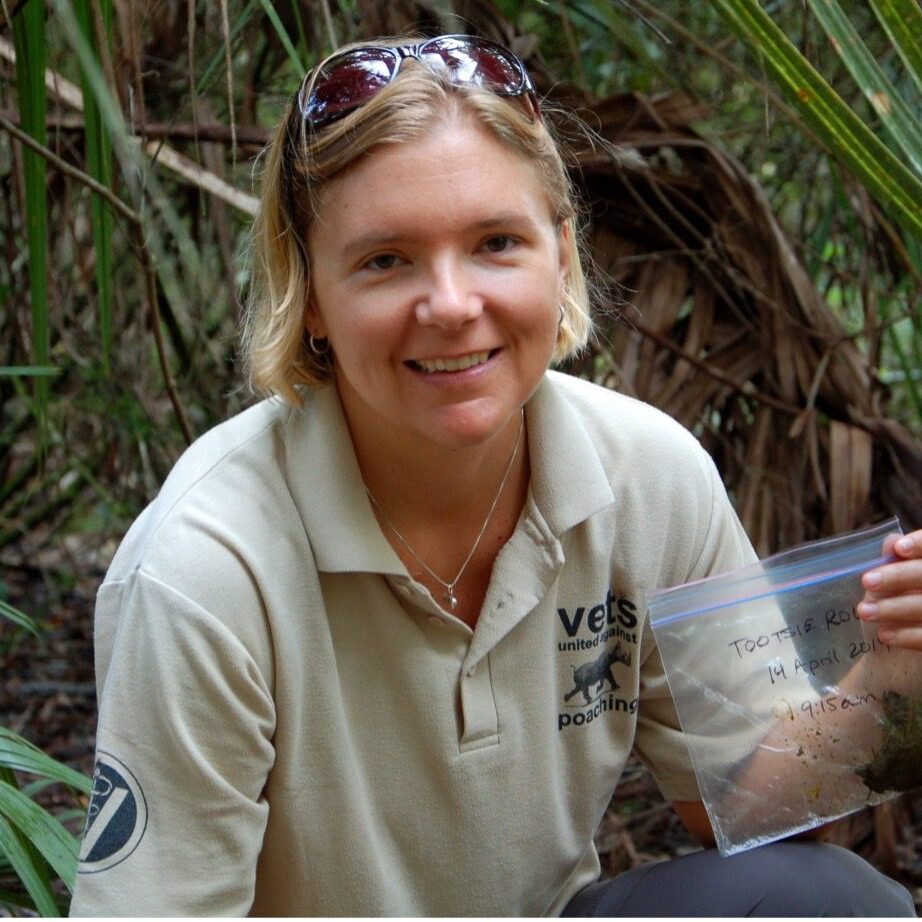
"I would like to express my appreciation to the AAZV Wildlife Health Fund Grant Committee for selecting my project as one of this year's grant recipients. I am excited and honored to have received this award."
Dr. Flacke
SEZARC

"We are grateful for the funding that has resulted in these important contributions to wildlife health!"
Dr. Michele Miller
Stellenbosch University
